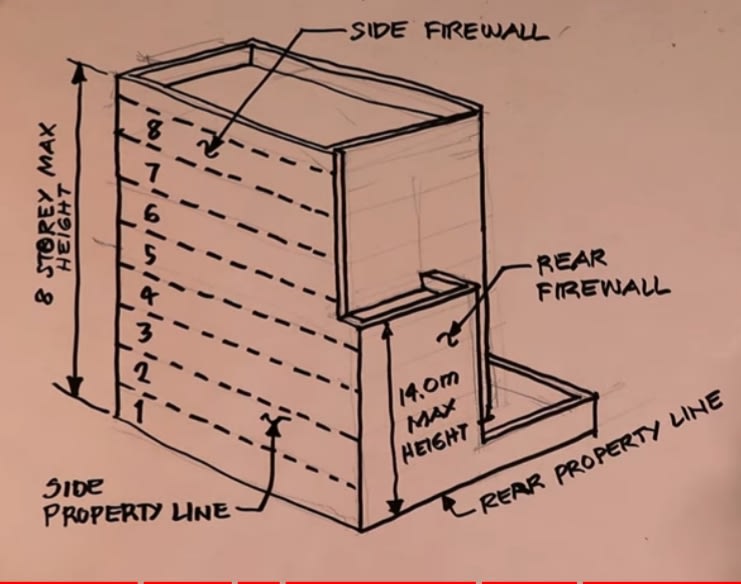Pixy
Structural
- Mar 22, 2022
- 84
A firewall is supposed to be constructed from the ground up. But can the perimeter main columns be considered part of the firewall?
If not, then for high storey building like 10 storey. How do they make the firewall?







